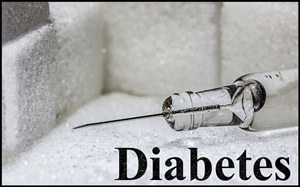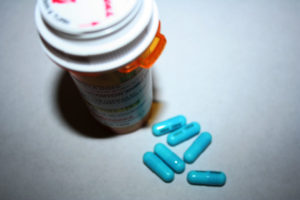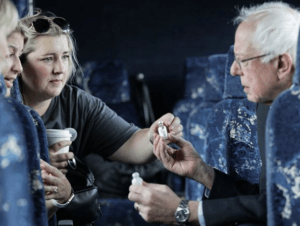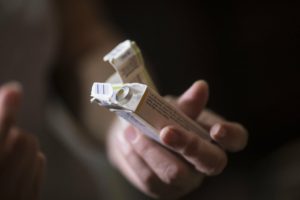Diabetes Crisis on the Rise as Republicans Aim to Cut Food Stamps
Researchers at UC San Francisco aimed to show the correlation between lack of funding for food and the rise in incidences of hypoglycemia. What they found is that at the end of the month, as the budget gets tighter, the poor are more likely to be hospitalized due to the diabetes-related issue than are their wealthier counterparts.
Aware of Congress’ plan to make significant cuts to the Supplemental Nutrition Assistance Program, researchers at UC San Francisco aimed to show the correlation between lack of funding for food and the rise in incidences of hypoglycemia. What they found is that at the end of the month, as the budget gets tighter, the poor are more likely to be hospitalized due to the diabetes-related issue than are their wealthier counterparts.
Although 8 percent of Americans are battling diabetes daily, the poor suffer the most. In a disease fueled by unhealthy diets, lower income people often fall ill due to the high expense of healthier options as well as the need to prioritize bills above food. Now, a study published Monday draws parallels between the diabetic crisis and income at a crucial point when the GOP is trying to cut $40 billion from SNAP. According to The New York Times:
Hypoglycemia occurs when people with diabetes have not had enough to eat, but continue taking medications for the disease. To control diabetes, patients need to keep their blood sugar within a narrow band. Levels that are too low or too high (known as hyperglycemia) can be dangerous.
Researchers found a clear pattern among low-income people: Hospital admissions for hypoglycemia were 27 percent higher at the end of the month than at the beginning. Researchers said they could not prove that the patients’ economic circumstances were the reason for the admission, but the two things were highly correlated. …
Researchers from the University of California, San Francisco, matched hospital discharge records from 2000 to 2008 on more than two million people in California with those patients’ ZIP codes. People living in the poorest ZIP codes, where average annual household income was below $31,000, were counted as low income.
The researchers then examined cases of patients admitted for hypoglycemia. The symptoms include dizziness, sweating or nausea. In rare cases, hypoglycemia can cause death.
For each 100,000 admissions of poor people, about 270 of them were given a primary diagnosis of hypoglycemia, more than the 200 per 100,000 among people of higher incomes. Dr. Hilary Seligman, assistant professor of medicine at U.C.S.F., and the study’s lead author, said the difference was statistically significant.
The U.S. spends roughly $100 billion annually on treating people with diabetes, according to the Centers for Disease Control and Prevention. If only Republicans realized that basic math indicates it makes more sense to spend money now on preventive measures such as food stamps (and, probably, an increase in SNAP funding is in order) than to have to invest even more dollars later to address problems that may have been avoidable.
—Posted by Natasha Hakimi
Dig, Root, GrowThis year, we’re all on shaky ground, and the need for independent journalism has never been greater. A new administration is openly attacking free press — and the stakes couldn’t be higher.
Your support is more than a donation. It helps us dig deeper into hidden truths, root out corruption and misinformation, and grow an informed, resilient community.
Independent journalism like Truthdig doesn't just report the news — it helps cultivate a better future.
Your tax-deductible gift powers fearless reporting and uncompromising analysis. Together, we can protect democracy and expose the stories that must be told.
This spring, stand with our journalists.
Dig. Root. Grow. Cultivate a better future.
Donate today.








You need to be a supporter to comment.
There are currently no responses to this article.
Be the first to respond.